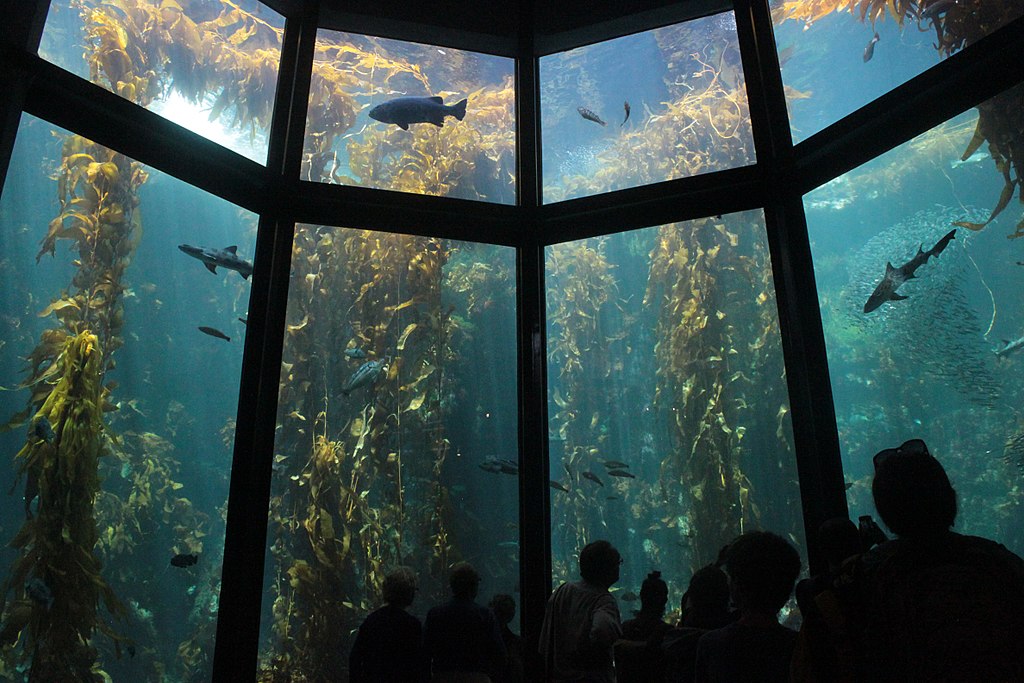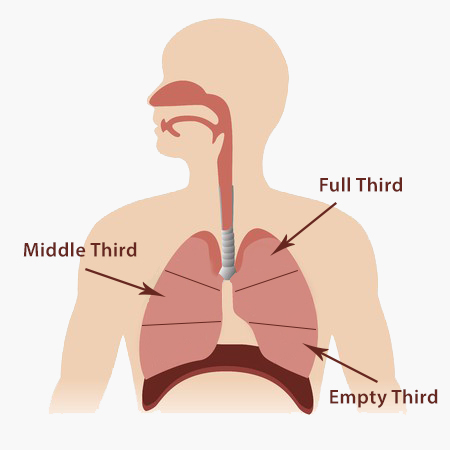Educational activities for children – with a diving focus!
Self isolation definitely isn’t fun. While I don’t have any any young children of my own, I know of the challenges of finding fun, exciting and educational activities to occupy the kids during this Covid-19 crisis, and we at STEPDive want to help!
Below you’ll find a fantastic list of resources about our amazing underwater world, all that can be accessed from your living room. We’ve included reading and visual materials to inspire, documentaries that share environmental challenges, but also potential solutions for ocean preservation, coloring in materials and much more!
Monterey Bay Aquarium Live Stream
Take a (virtual) field trip to the Monterey Bay Aquarium! This Californian aquarium has setup livestreams so students can observe ocean creatures in real time. Play with the sea otters, check out the jellyfish, or even swim with sharks! The aquarium also has fact sheets about its inhabitants, curriculum plans, and lots of other activities.
National Geographic’s Ocean Education Collection
National Geographic has designed a range of cool activities for young learners (K through 12). Create your own living room adventures to understand the parts and sizes of waves, demystify the Mariana Trench, explore why people live near the coast, or even size yourself up against a blue whale!
STEPDive Coloring In Drawings
Feel free to download these great coloring in activities! There’s 3 to choose from:
Where Wild Microbes Grow by Kevin Kurtz
These freely downloadable eBooks are part of the International Ocean Discovery Program, funded by the US National Science Foundation. Where the Wild Microbes Grow: The Search for Life Under the Seafloor is just one of the freebooks created by Kevin Kurtz, an award-winning children’s author, and Alice Feagan, an award-winning illustrator.
Netflix Documentaries
Chasing Coral (YouTube Trailer): A team of divers, photographers and scientists set out on a thrilling adventure to document the disappearance of the world’s coral reefs.
Mission Blue (YouTube Trailer): Follows world renowned oceanographer Sylvia Earle on her personal mission to save the ocean.
Journey to the Bottom of the Ocean
This interactive site lets visitors dive deeper than any human has before! As you scroll down the page, the ocean “depth” increases; the blues turn to black and an array of deep water animals appear. Start on the surface and work your way towards the wreck of the Titanic!
US NOAA Educational Resources for Children
Visit the US National Oceanic and Atmospheric Administration’s (NOAA) educational resources for a range of fun activities. Kids can learn about the Sea Level Rising, or even play a whale migration e-board game found in the NOAA’s game center. There are also plenty of worksheets using NOAA data to keep students occupied!
Amazon Prime Video Documentaries
Beneath the Sea (YouTube Trailer): a celebration of marine life from around the world by Emmy Award Winning Cinematographer, Howard Hall.
Galapagos: Realm of Giant Sharks (Vimeo Trailer): the whale shark is the largest fish in existence, yet so little is known about them.
Secrets of the Ocean Realm Activities by PBS
These fantastic exercises will help your children learn all about the ocean environment, from coral reef preservation to diver decompression. Designed for 10-14 year olds, these classroom activities include background information, activity plans and discussion topics – helping to build our ocean advocates of the future!
Our hearts and wishes are with everyone right now, so please stay safe and healthy.
See you underwater (after the crisis)!
:: Darren
















